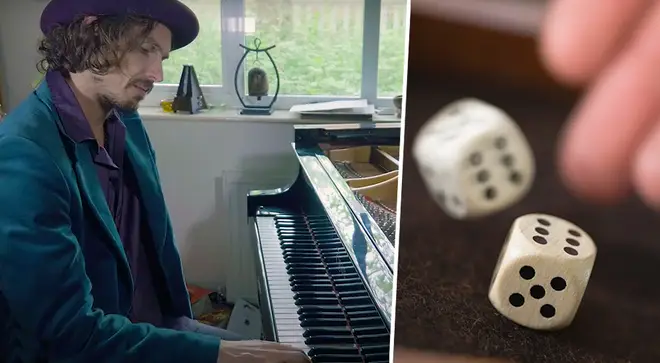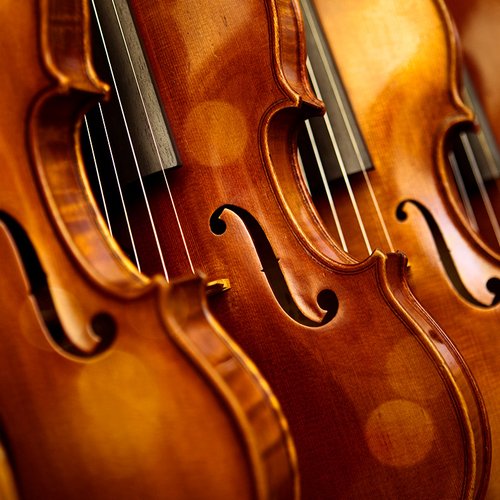Meet the man using dice – yes, dice – to compose his music
19 October 2020, 15:25

This composer is using dice to spice up his composition game. And it turns out, Mozart did the same…
Reading-based composer and music teacher, Edward Chilvers, is leaving his music to chance.
He follows an impressive lineage of composers who literally rolled the dice on their works. ‘Aleatoric’ or ‘chance’ music became known as an idea in the 20th century through composers like Charles Ives and later, John Cage, but it was even used by Mozart. In the late 18th century, the Austrian composer created a game in which 176 fragments of music could be arranged in different versions, based on the throw of a dice.
Chilvers invented a more complex system involving cubic, tetrahedral and dodecahedral dice, which all determine the keys, modes and rhythms of his composition.
“I wanted to randomise my practice so I wasn’t falling into ruts,” Chilvers told The Times.
Speaking to the publication, the pianist says he throws six and four-sided dice to decide on the modes used in his composition. Then, he throws a 12-sided dice to settle on the keys he must start, and end, the piece in.
He uses more dice to determine the rhythms, before finally throwing a 20-decided dice to decide how the rhythms interact with each other.
Read more: 639-year-long John Cage organ work has a long-awaited chord change >

Polyrhythmy and the Future of Music - What is Polyrhythmy? - Edward Chilvers
“It’s like randomness,” he said. “Is there randomness in the universe, or is there a super intelligence and everything is exactly perfect, and all these dice throws are exactly perfect? I’m open to that idea. The idea is that it’s alive. I’m not a fan of playing something that I know how it’s going to go.”
Chilvers’ compositions will all be released in an album, 31 Pieces, in March next year. “Of the 31 tracks, sixteen are based on polyrhythm; eight are in free time; four are in a style I’ve been developing; and two of the tracks slow down continuously while double speed lines continuously enter.”
Read more: This piano doesn’t have any black keys. How will it sound? >
He took up the idea after becoming frustrated with life as a concert pianist. “It felt like more and more diminishing returns,” he says. “I was working harder and harder to get a bit of Liszt a little bit faster or a little bit cleaner. I recalibrated my idea of what it meant to be good at an instrument.
“Rather than looking at how fast and how clean, I’d be looking at how many speeds and how many permutations of speeds and how many ways can you juggle those speeds.”
For Chilvers, this method is the future of music. “I don’t think of it as a system at all but as some exciting and magical tools, like a light sabre or some X-Ray glasses,” he says.
“I wanted to create a multi-dimensional music to reflect the unspeakable experience of the stilled mind. I’m trying to make laws: polyrhythmic laws, phasing laws, modal laws, structural laws. If I can make good laws, then something interesting or beautiful should come out.”

























